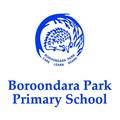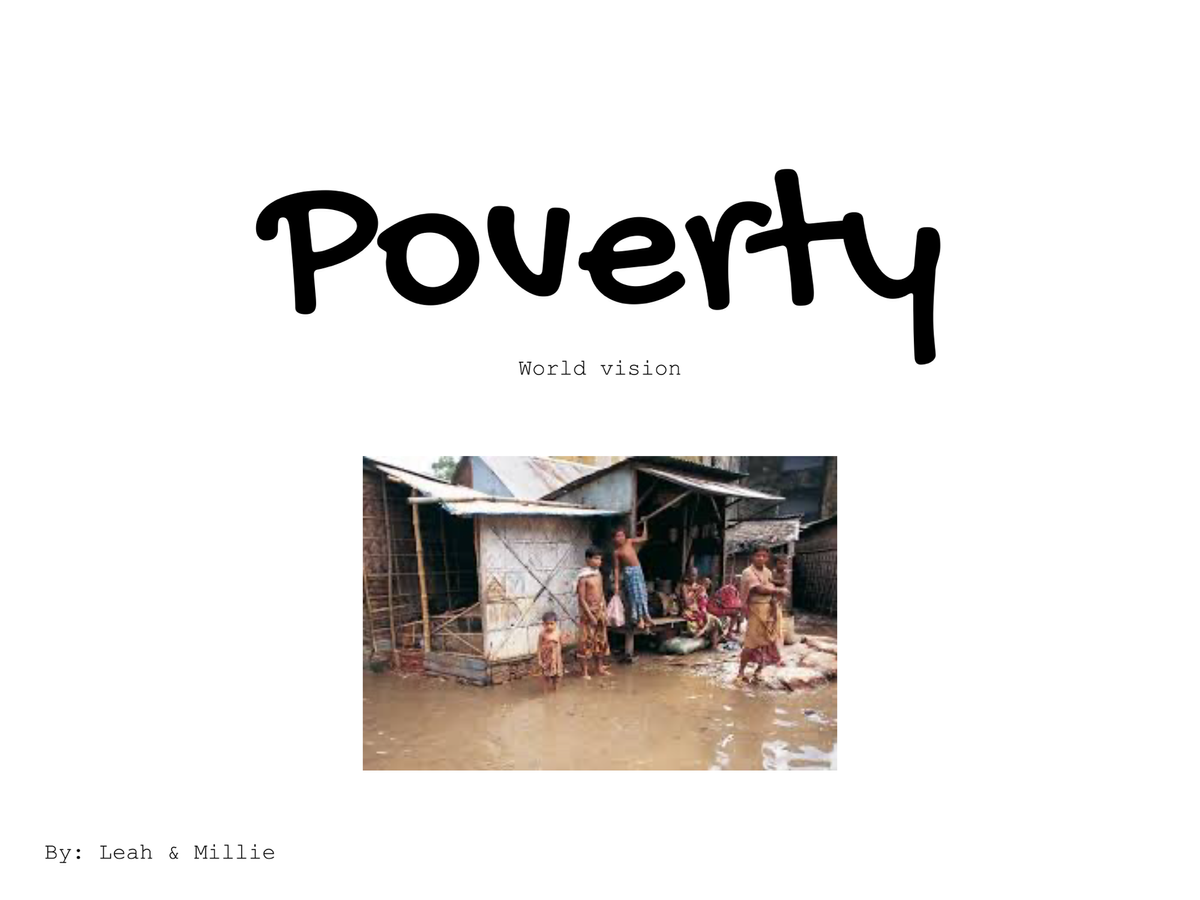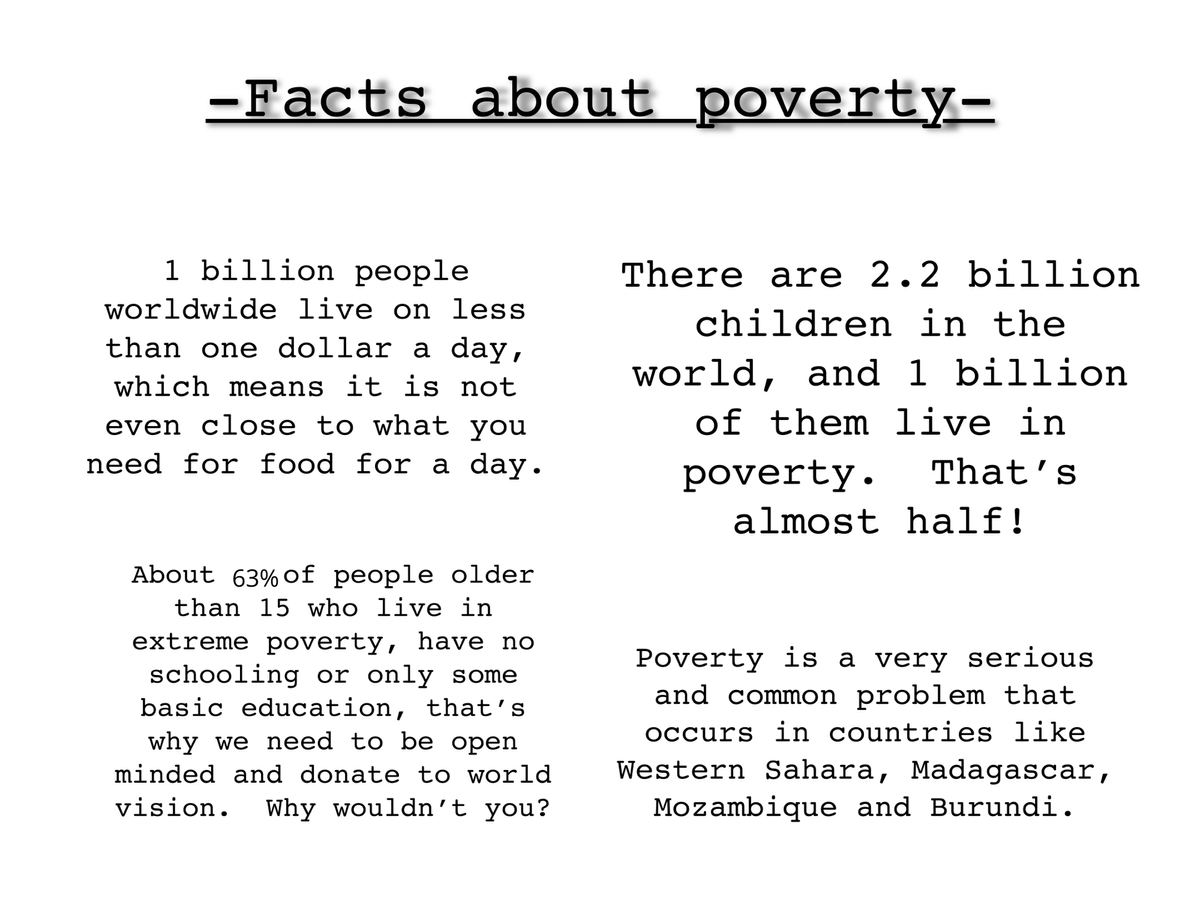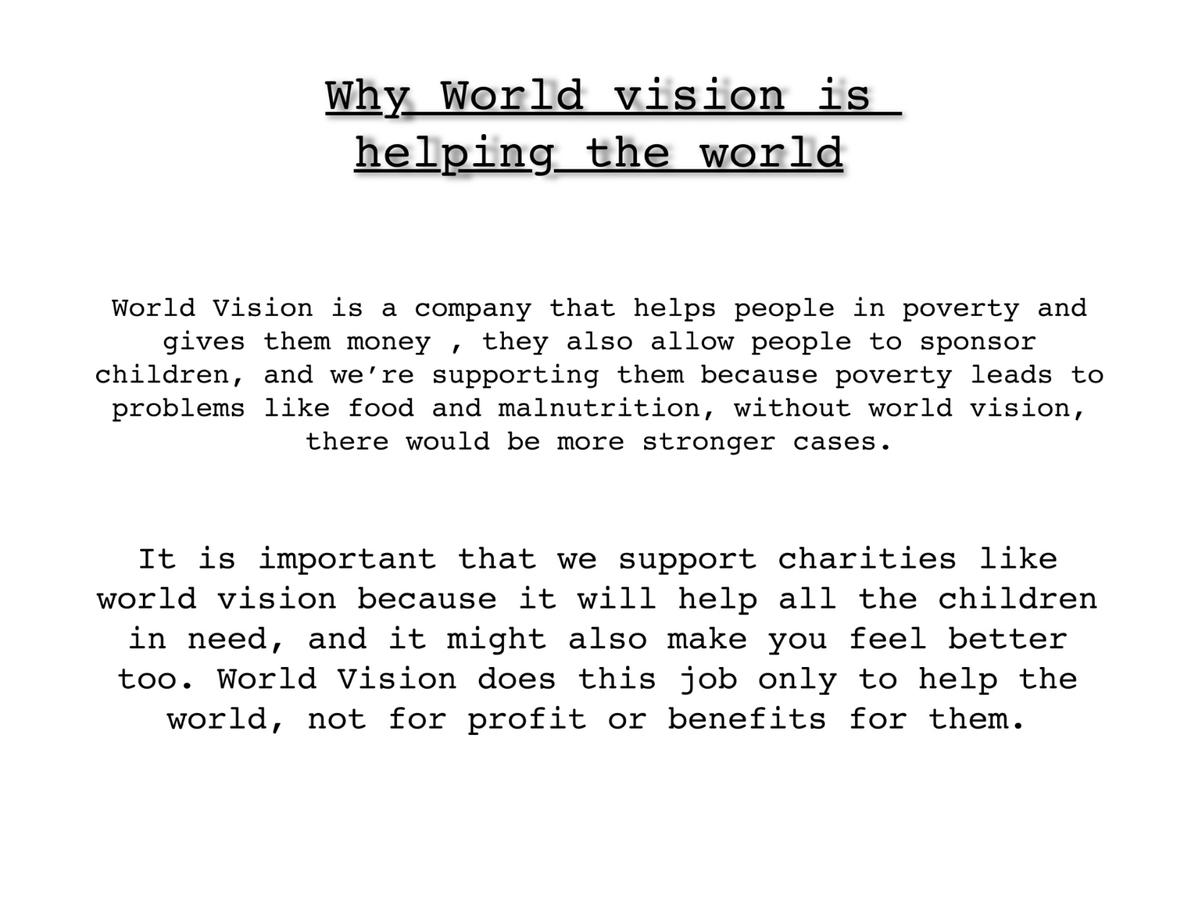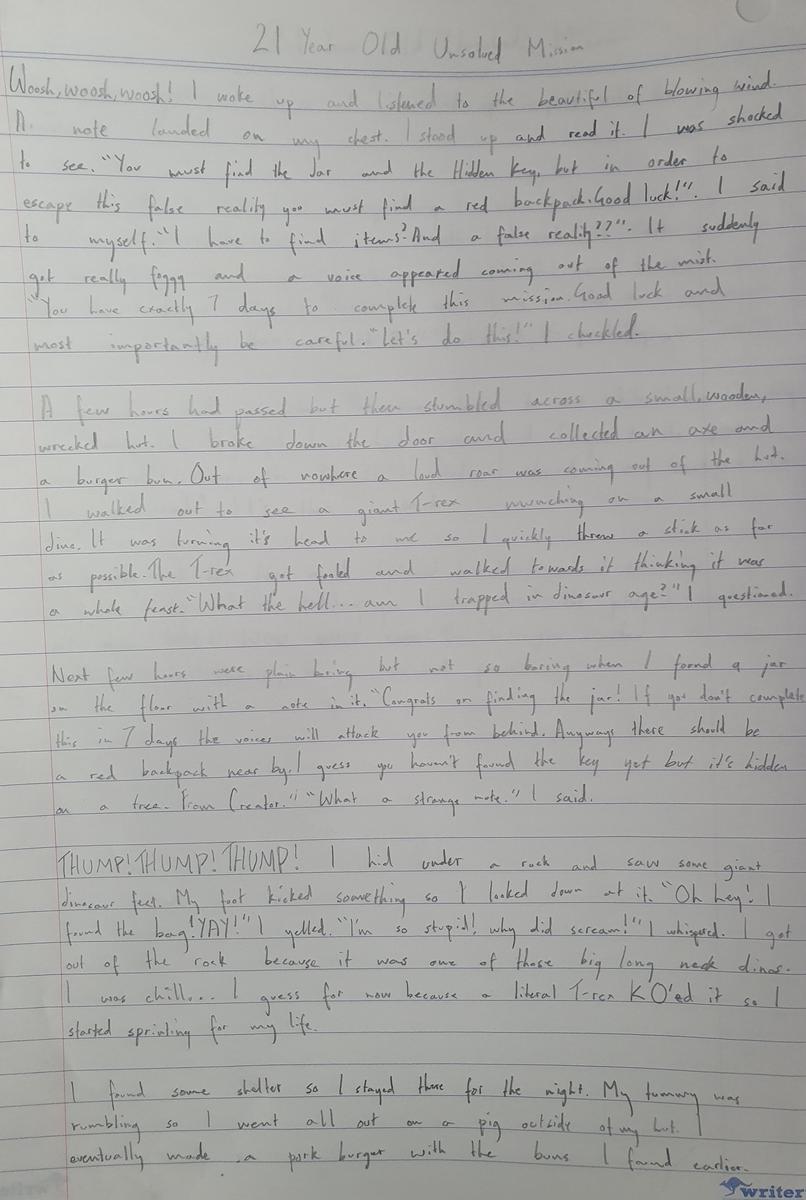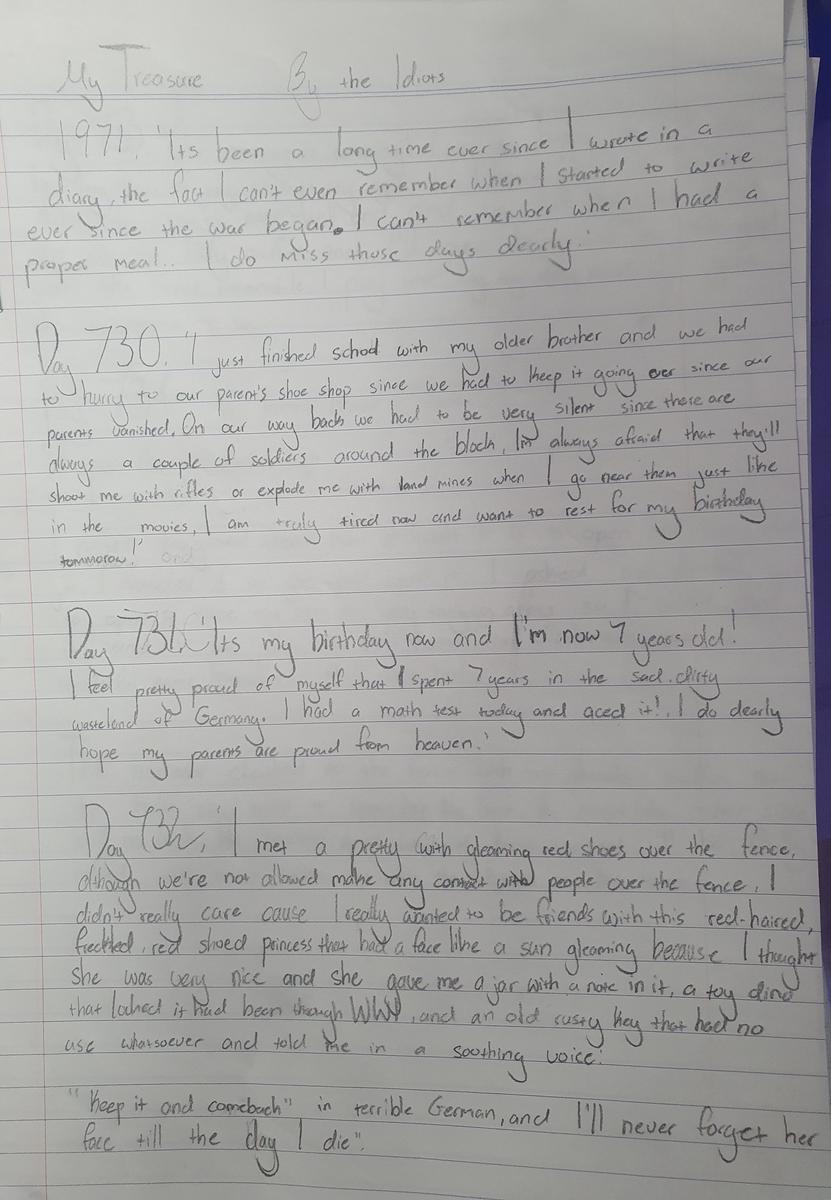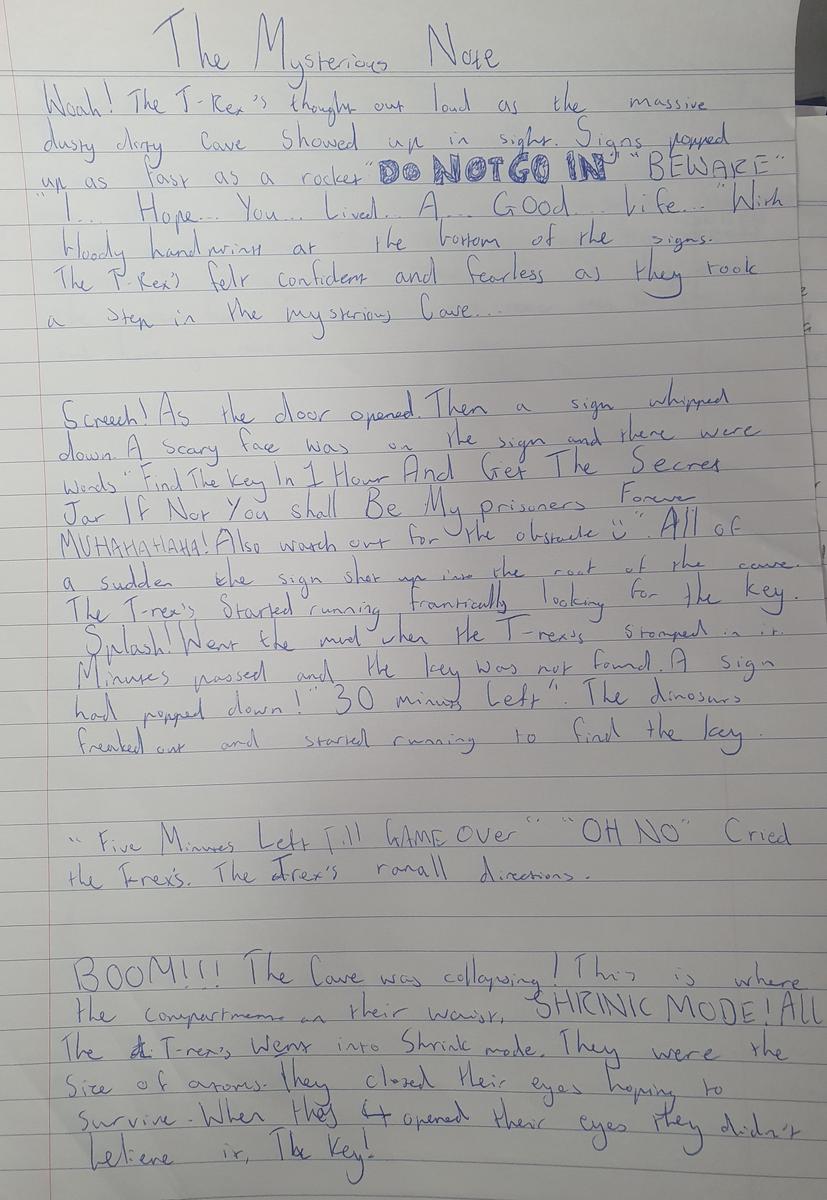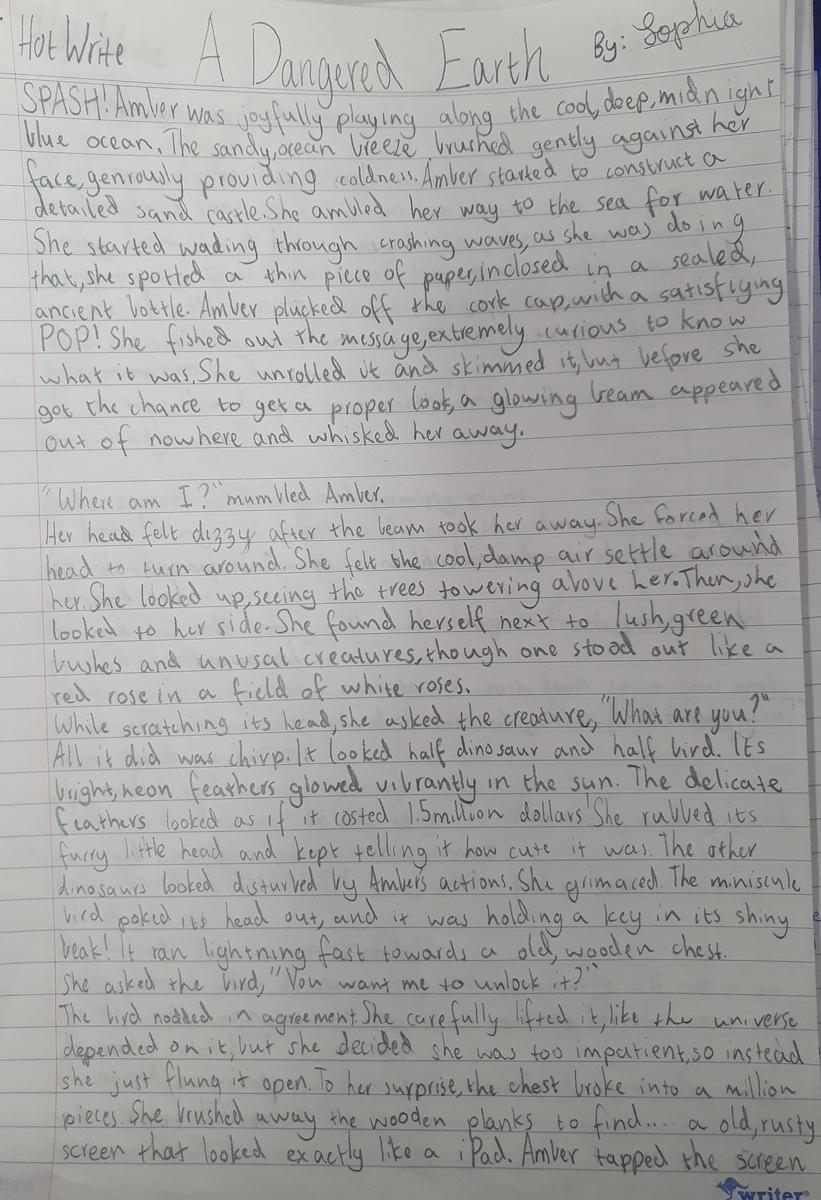News from the 5/6 Classrooms
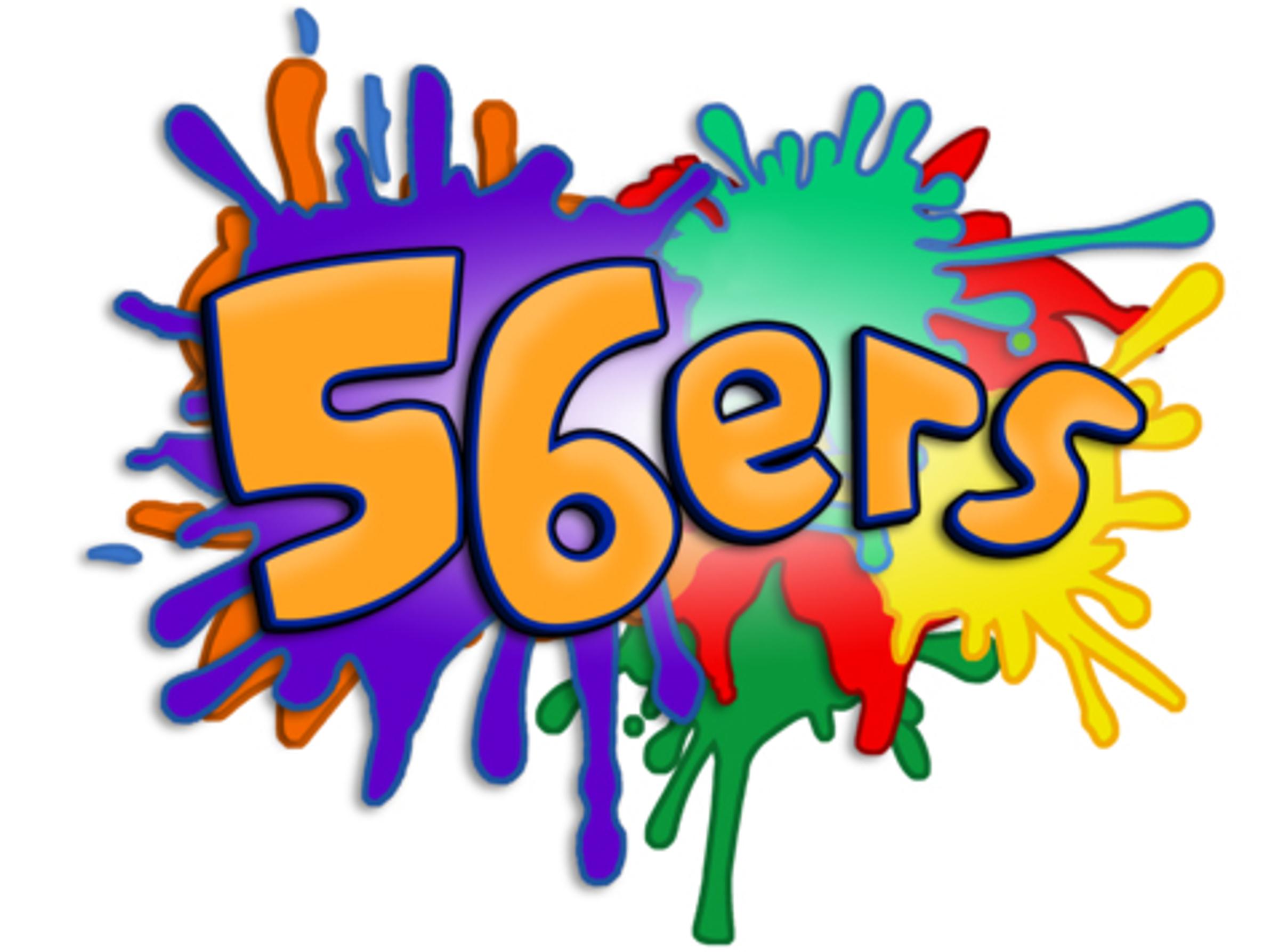
Social Justice Inquiry project
This Term the grade 5/6 students are learning about Social Justice. They have been learning about the biggest problems facing children around the world, which provide them with the motivation to make a difference any way the can. By exploring this topic of Social Justice, students are learning to have a new appreciation of the biggests problems facing children around the world to put their lives into perspective.
This week students investigated and completed a presentation on the below:
- Various aid agencies that support children
- Big problems facing children around the world
- How to encourage people to make a difference
Writing - Narrative
This term, the grade 5/6s writing focus is narratives. We focused on different language features such as: setting, characterisation, theme, plot, indirect and direct (speech), word choice and different language features. Each learning stage had its own challenges, for instance when learning about indirect and direct (speech) you couldn't just say 'My classmate said to me that I look tired today'. You would ponder how to transform the playful words into indirect speech by giving clues about how she looked. The correct way would be – 'The girl was slouched over as she walked into school, she had strands of hair tangled together and dark circles under her eyes'.
Characterisation describes the characters carefully, using the imaginative part of our brain. We must describe the character in great depth to ensure the reader can visualise each minuscule detail of the perfect character/s. Theme and plot has a unique challenge. We brainstormed and wrote a creative plot with twists and turns, making sure it wasn't bland and boring. Theme and plot are puzzle pieces, ready to connect with each other to keep the reader engaged. Stories makes so much more sense when the theme and plot are related with each other as it will allow the reader to easily identify what is happening. The setting idea is similar to characterisation. All you need to do for the setting is write the description as detailed and as carefully to ensure the reader visualises it like you do.
Students expanded their vocabulary by going on a thesaurus and dictionary to edit their cold writes and make their writing more exciting and engaging. We worked tirelessly to become better at noun groups, adverbs, adjectives, verbs, nouns and figurative language. Students added more figurative language to their narratives and improved on their sentence structure. At the end of our learning, we completed a hot write, our final piece of writing.
By: Sophia & Maddie 5SG
